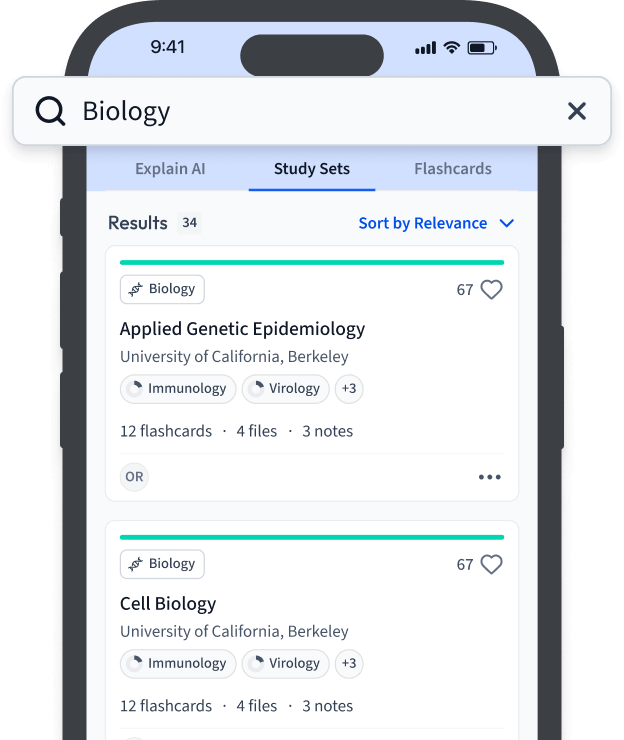Skin senses begin with receptors. There are several types of receptors, and they cover every layer of the skin.
There are three types of receptors that allow our skin to pick up on several types of signals:
Mechanoreceptors allow us to detect texture, pressure, and vibrations. There are four different types of mechanoreceptors.
Merkel's disks and Meissner's corpuscles are the most sensitive mechanoreceptors located on the top layers of the epidermis and dermis. They are often found in parts of the skin that are not hairy such as the fingertips, lips, face, eyelids, soles of feet, and palms.
Thermoreceptors are responsible for skin senses that detect the temperature of objects that touch the skin. There are two basic types of thermoreceptors (hot and cold receptors) located in the skin's dermis layer.
Mechanisms of Skin Senses: Central Nervous System
While receptors are important parts of our skin senses, we wouldn't be able to understand what they mean or be aware of them without the central nervous system.
The central nervous system comprises the brain, brain stem, and spinal cord.
Signals received by the receptors travel through nerve fibers, up the spinal cord, through the brainstem, and to its final destination -- the brain.
Our skin senses are processed by the somatosensory cortex located in the parietal lobe. Every skin sense has a specific place in the somatosensory cortex where its signals are processed. However, not every skin sense takes up the same amount of space, which means that some areas of our body are more sensitive than others.
Our lips take up quite a bit of real estate in the somatosensory cortex. This explains why our lips are very sensitive and even why babies explore their world with their mouths.
Signals detected by our skin senses travel up one of two types of pathways:
Medial lemniscal pathway (larger fibers, carry information on touch).
Spinothalamic pathway (smaller fibers, that carry information on temperature and pain).
Pain is unique when it travels through the spinal cord because there is a type of gated mechanism that can either pass information and signals received to the brain or not.
The gate-control theory states that the spinal cord can block or "gate" pain signals from reaching the brain. Pain signals traveling down the spinal cord's nerve fibers are capable of opening this gate, while only activity coming from the brain (and some larger fibers) can close it again.
Fig. 2 Tickling is a skin sense that can be affected by cognition.
Mechanisms of Skin Senses: Cognition
Sensory receptors and the central nervous system are the most foundational mechanisms of skin senses. However, they do not stand alone in how we process sensations on our skin. Cognition is another important mechanism because our attitudes and perspectives affect how our skin senses certain stimuli.
Have you ever tried to tickle yourself? It's generally difficult to do. This is because when a tickle is self-administered, the somatosensory cortex is less activated than when the tickle comes from another person or object.
Our brains can also play tricks on us and convince us that we felt something when we didn't.
For example, people with phantom limb sensations experience skin sense that may convince them that their missing limb is still there. They can even experience intense pain because their mind convinces them it is there.














